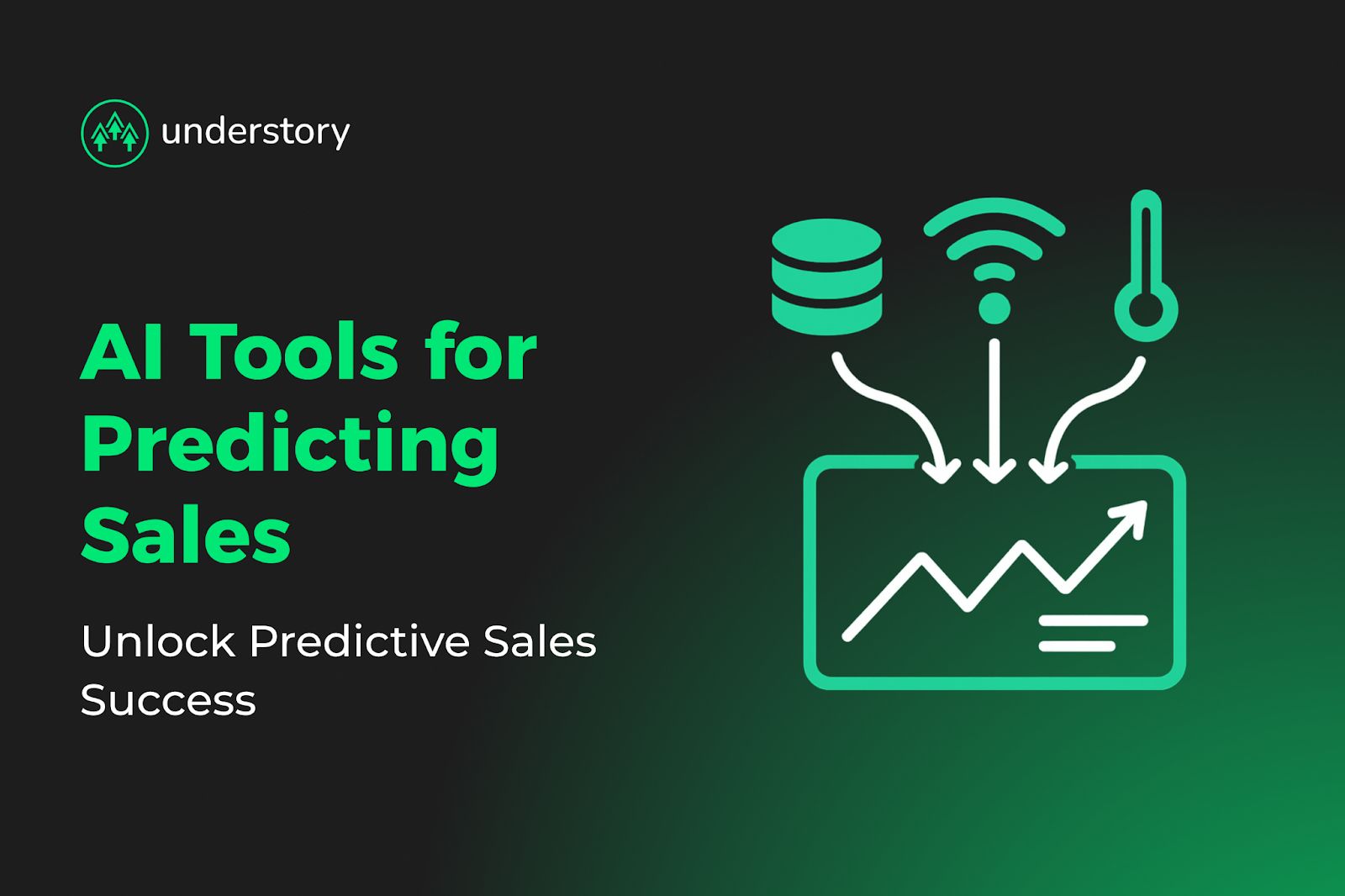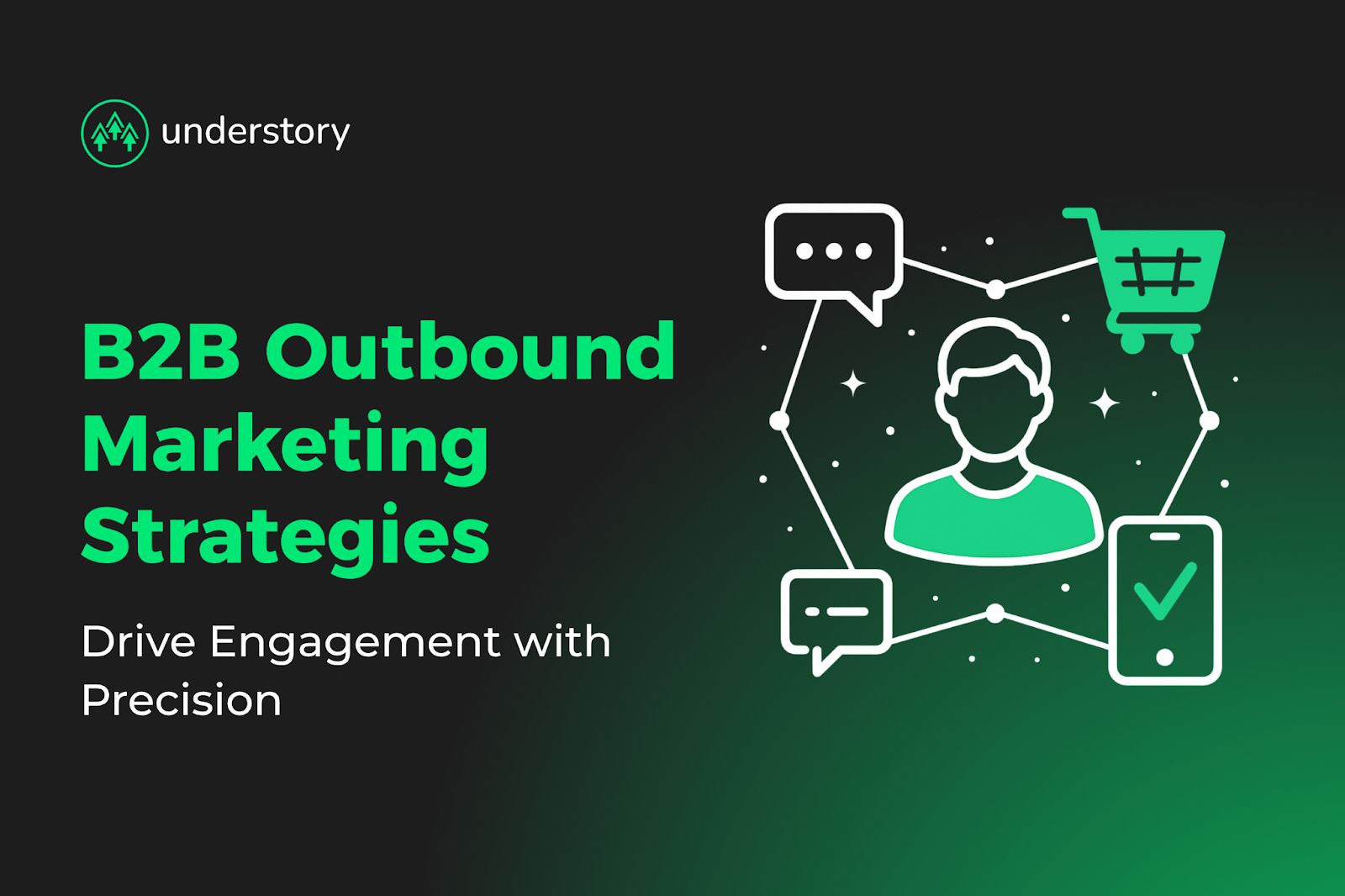
10 Current SaaS Industry Trends & Why They Matter for B2B Marketing
Implementation playbook for B2B SaaS leaders coordinating marketing across AI adoption and pricing evolution.

Industry data on customer acquisition costs, lead conversion, channel ROI, and trust-building strategies for growth leaders.
Reliable benchmarks give you the context to evaluate performance, justify budget decisions, and identify where your team can improve efficiency. Whether you're assessing your CAC trajectory, channel mix, or conversion rates, peer comparison reveals whether you're operating at competitive levels or leaving growth on the table.
This guide compiles 2025 benchmarks across SaaS performance metrics, channel costs, lead generation, and strategic priorities from industry research reports and major platform analytics. You'll find actionable considerations for each benchmark showing how to apply the data to your specific situation, from auditing channel efficiency to fixing conversion bottlenecks that impact pipeline quality.
Operational excellence at scale delivers significantly higher per-employee revenue. Getting there demands fixing retention before scaling acquisition spend.
The 2025 financial reality for scaling SaaS companies shows pressure across key metrics:
The pattern is clear: growth remains achievable, but the cost of acquisition continues climbing while retention shows cracks. Companies that hit the $100M+ ARR milestone demonstrate 50% better per-employee efficiency, proving operational leverage rewards scale. Yet most organizations face a troubling dynamic where CAC payback now regularly exceeds the 12-month "healthy" threshold while NRR trends downward.
Marketing leaders facing these benchmarks should benchmark CAC payback against the 12-month threshold and audit channel mix if exceeding it. Track ARR per FTE as you scale. If metrics lag the $200k-$300k progression, investigate process inefficiencies and automation opportunities. Most critically, don't chase aggressive growth targets if retention is declining; fix expansion revenue challenges before scaling acquisition spend.
Thought leadership content directly triggers RFP invitations. Most marketing budgets prioritize demand capture over trust building, creating opportunity for those who invest in expertise demonstration.
The data reveals trust's dominance in B2B priorities:
The shift from tactical campaigns to strategic brand building reflects market maturity. When nearly all B2B marketers agree trust matters, yet only 42% prioritize it in budgets and strategy, a gap emerges between belief and action. Thought leadership that educates buyers creates tangible business opportunities. Decision-makers actively seek out vendors whose content demonstrates deep expertise. Organizations investing in brand-led initiatives that demonstrate expertise rather than claim it see measurable returns in consideration and competitive positioning.
Marketing leaders should audit content for authenticity by replacing generic, templated messaging with original research and specific customer stories. Align customer experience with brand promises. If you position as "enterprise-ready," onboarding and support must match that standard. Build thought leadership that educates rather than promotes; the 42% who invite vendors to bid after consuming content aren't responding to product pitches but rewarding valuable insights worth sharing internally.
Cost-per-lead doesn't predict pipeline quality. Channels delivering the lowest CPL often fail on conversion, while platforms generating qualified opportunities demand different economics. Understanding which metrics matter for your stage and target determines whether spend scales efficiently.
Cost-per-lead data reveals significant disparities across channels:
B2B channel performance data shows where investment concentrates:
LinkedIn advertising metrics demonstrate premium performance:
The cost-quality tradeoff shapes smart channel strategy. SEO's $31 CPL looks attractive until you calculate cost-per-opportunity—if those leads convert at half the rate of LinkedIn's higher-cost equivalents, blended CAC actually increases. High-performing teams layer LinkedIn's targeting precision with SEO's volume and email's conversion efficiency rather than relying on single channels. Thought Leader Ads' 10-20% CTR delivers 10-20x typical engagement, often justifying premium CPMs for demand generation.
Marketing leaders should track cost-per-opportunity rather than cost-per-lead when comparing channels. Low CPL means nothing if conversion rates tank. Layer LinkedIn with high-intent channels like SEO and email for coordinated prospect journeys that combine quality targeting with conversion efficiency. Test Thought Leader Ads before scaling standard formats; even at premium CPMs, the 10-20% CTR frequently delivers better economics than traditional LinkedIn ads' 0.5-1% rates.
Pipeline metrics look solid, but bookings miss targets. The gap between lead quality ratings and actual conversion shows where campaign coordination fails.
Lead generation and conversion benchmarks expose critical gaps:
Strong leads stall for three reasons. First, "quality" measures fit, not readiness. SaaS committees research for months before budgets unlock, with stakeholders entering at different stages. Second, nurture programs stay generic despite segmentation's proven 50% clickthrough lift. Teams blast identical sequences to white paper downloaders and demo requesters alike. Third, channel silos hide intent signals. Sales never sees webinar engagement data, and SDR outreach ignores product usage spikes.
Coordinated execution solves this challenge. When paid media, outbound sequences, and lifecycle messaging align around one narrative, prospects feel guided rather than gated. Even single-point conversion lifts at MQL-to-SQL can slash blended CAC by double digits.
Marketing leaders should tighten qualification criteria by requiring both ICP fit and recent intent signals before marking leads "high quality". Replace blanket nurtures with behavior-triggered paths that segment by role and last interaction, then layer firmographic data to personalize timing and offers. Sync touchpoints in your CRM so sales, marketing, and product teams share one prospect timeline, keeping follow-ups relevant and pushing conversion past that stubborn 2.4%.
Production calendars favor familiar formats. Short-form video and segmented email outperform on ROI and engagement, but long-form content and blast campaigns dominate most teams' workflows.
Content marketing adoption and measurement reveal strategic priorities:
Video marketing performance demonstrates clear advantages:
Email marketing effectiveness hinges on segmentation:
High-ROI video content focuses on practical education rather than brand storytelling. Effective videos are 30-60 second explainers, customer testimonials, and product demos that answer specific buyer questions. Emotional resonance drives performance, but it comes from showing real customer outcomes rather than stock footage or generic messaging. Email segmentation delivers substantial performance gains, yet most teams continue sending identical sequences to prospects at different buying stages.
Marketing leaders should start with short-form video for demand generation rather than brand awareness, featuring actual users, specific results, and authentic reactions that drive higher completion rates. Make emotional resonance tactical by showing real customer outcomes instead of generic messaging. Segment email by behavior and recency rather than just demographics. Prospects who downloaded pricing yesterday need different messaging than those who visited the blog three months ago.
CRM effectiveness gaps reflect coordination capabilities, not feature differences. Centralized data enables coordinated execution that fragmented systems cannot support. Leading organizations already use AI for content creation and research while others continue debating adoption.
Technology adoption and effectiveness reveal stark disparities:
AI adoption patterns show growing integration:
The 35-point effectiveness gap between CRM users and non-users isn't about software; it's about centralized data enabling coordinated execution. Organizations running marketing without CRMs operate with structural disadvantage. Meanwhile, the 44% with high-quality data outperform those with poor attribution and duplicate records, proving data hygiene matters more than data volume. AI adoption for content creation automates first drafts, competitor research, and personalization at scale—tactical wins that free strategic time for positioning and budget allocation.
Marketing leaders should treat CRM adoption as a strategic imperative rather than tooling decision; the 35-point effectiveness gap reflects centralized data enabling coordination that fragmented systems cannot match. Close the data quality gap before adding more data sources by auditing data hygiene, standardizing fields, and implementing validation rules rather than investing in new enrichment tools. Start AI adoption with content creation and research rather than strategy, focusing on tactical automation that frees strategic time instead of expecting AI to determine positioning or budget allocation.
Attribution infrastructure lags behind attribution ambitions. Teams prioritize ROI measurement but lack the technical setup to track multi-touch journeys, while the organizations preparing for AI disruption experiment now rather than plan for later.
Organizational priorities and capability gaps emerge clearly:
The 26% citing ROI measurement as top concern aren't struggling with theory; they lack technical setup to track multi-touch attribution. Organizations voice the need for data-informed strategies, yet implementation lags due to attribution challenges and skill gaps. This disconnect between belief and execution hinders growth potential when data and analytics capabilities aren't fully realized. Meanwhile, the 70% expecting strategic change in two years aren't merely planning; leading organizations already test AI tools for content, research, and automation.
Marketing leaders should build attribution infrastructure before adding channels by implementing UTM standards, CRM integration, and reporting frameworks rather than scaling spend without tracking capability. Invest in data literacy across the revenue team beyond just marketing ops. The gap between "data is important" and "we use data effectively" closes when sales, CS, and finance can interpret dashboards through quarterly training on attribution models and key metrics. Prepare for AI disruption by experimenting now with 10-15% of time allocated to AI tool testing, ensuring readiness when adoption accelerates rather than scrambling to catch up.
The 2025 benchmarks reveal consistent patterns across SaaS marketing. Acquisition costs continue climbing while retention pressures mount. Channel performance varies widely, but coordination determines whether individual tactics compound or cancel each other out. Teams recognize trust and thought leadership as priorities, yet most still optimize for immediate conversions over long-term positioning.
Scaling SaaS marketing demands execution that matches strategic ambition. The gap between knowing best practices and implementing them creates the performance disparities these benchmarks reveal.
Understory coordinates paid media, outbound, and creative for scaling SaaS companies. Strategic paid media management across LinkedIn, Google, and Meta uses Clay enrichment for precise targeting. Outbound sequences trigger based on ad engagement, creating connected prospect journeys. Professional creative services ensure consistent messaging across all touchpoints. One team replaces three vendors.
When paid media, outbound, and creative execute as a coordinated system, CAC decreases and conversion improves. Growth teams can get the chance to focus on optimization instead of managing specialists. Schedule a call to learn how we can make the most of your marketing budget.

Implementation playbook for B2B SaaS leaders coordinating marketing across AI adoption and pricing evolution.

Choose platforms that eliminate spreadsheet forecasting and show real-time pipeline health across channels.

Build high-performing outbound systems using automation, attribution, and coordinated touchpoints across multiple channels.